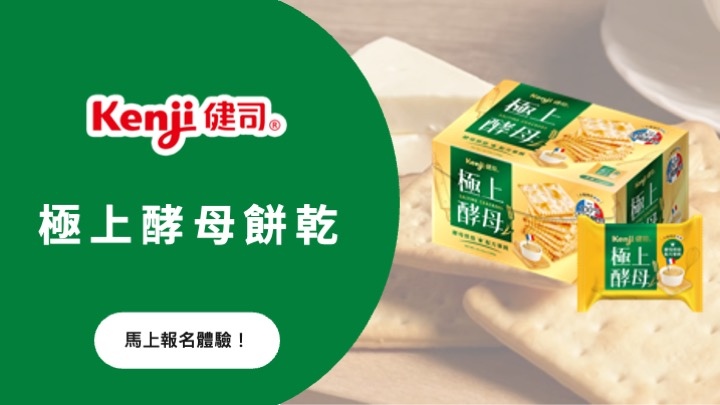

OPAL
* translucent opal with fine dendrites *
* nice specimen *
size: 30 X 12 X 10mm
weight: 4g
origin: Bohouškovice, South Bohemia, CZECH REPUBLIC
Bohouskovice is a small but picturesque village. It spreads in the south-west out of the town of Ceske Budejovice, South Bohemia. There are serpentines getting out of these fields all around this village. While serpentines eroding, many different minerals are developing - opal among others. The Bohuskovice region is very famous with its presence of different opal ranges: white/milky, waxy, red, blue, green (Ni), honey/yellow-brown, rarely black, opal with dendrite which is really sought out by all the collectors. There shouldn´t exist any serious mineralogical collection without this opal !
The mineraloid opal is amorphous SiO2·nH2O, hydrated silicon dioxide, the water content sometimes being as high as 20% but is usually between three and ten percent. Opal ranges from clear through white, gray, red, yellow, green, shore, blue, magenta, brown, and black. Of these hues, red and black are the most rare and dear, whereas white and green are the most common; these are a function of growth size into the red and infrared wavelengths—see precious opal. Common opal is truly amorphous, but precious opal does have a structural element. Opal is a mineraloid gel which is deposited at relatively low temperature and may occur in the fissures of almost any kind of rock, being most commonly found with limonite, sandstone, rhyolite, and basalt. Opal is one of the mineraloids that can form or replace fossils. The resulting fossils, though not of any extra scientific interest, appeal to collectors.
***************************************************
小網友將原文翻譯如下。蛋白石 Opal 與我們常見的結晶性水晶,事實上都是熱水礦物。在高溫時水晶溶解在水中是為矽酸類化合物如 H2SiO3、H2Si2O5、H4SiO4....,在低溫時二氧化矽便與水分離析出並結晶;但是如果壓力恨大時,這些矽酸類化合物直接結成固態的蛋白石;在常壓下蛋白石的結晶水,很容易因乾燥而散失,如此將導致石體龜裂,成為無法挽回的瑕疵。
蛋白石因組成的比例不固定,使得在一塊石體中內部折射率也多變,這是造成蛋白石產生絢爛彩虹光澤的原因,折光美麗而成份安定的蛋白石,被當做十月的生日寶石,價格不低。


 留言列表
留言列表


